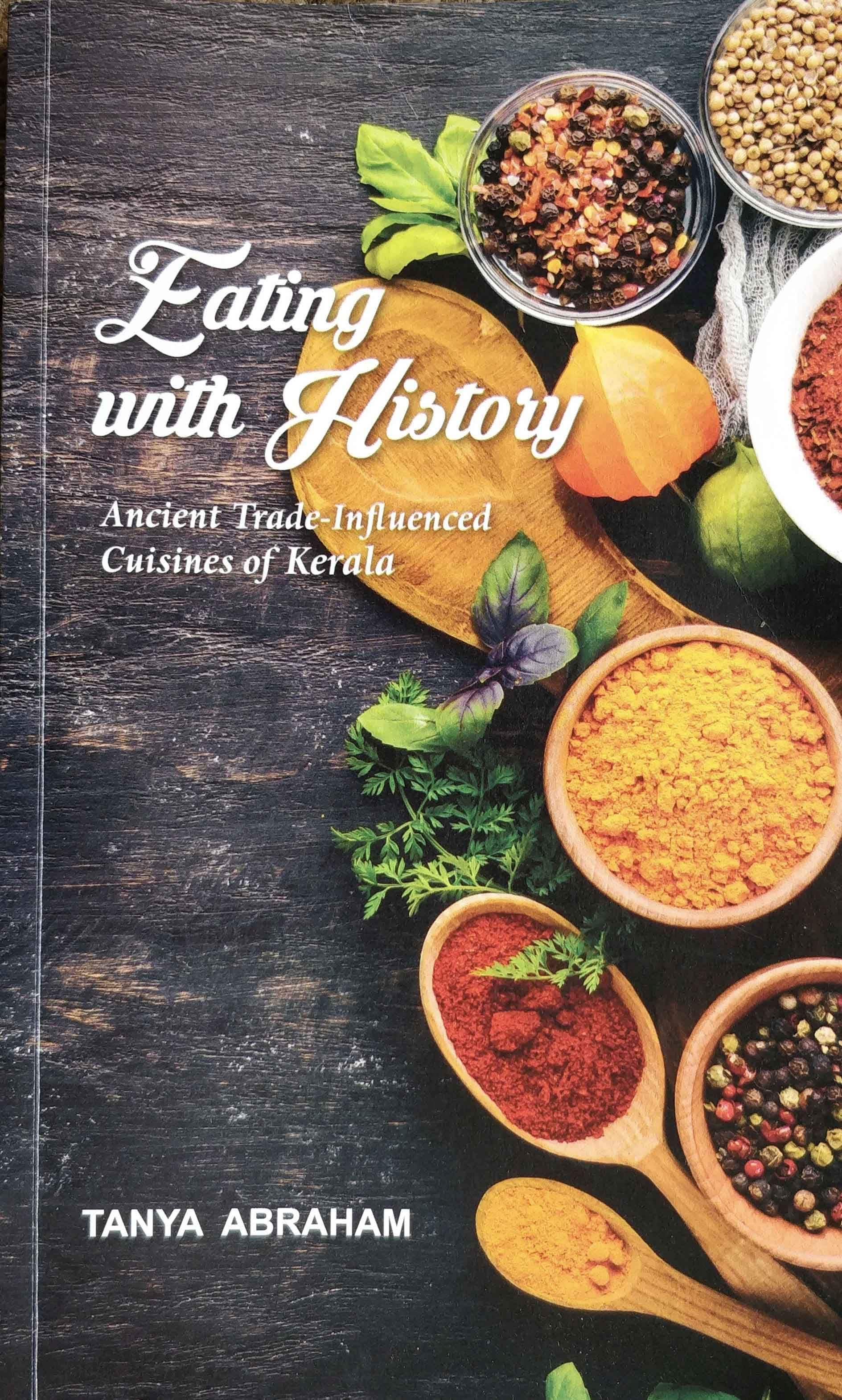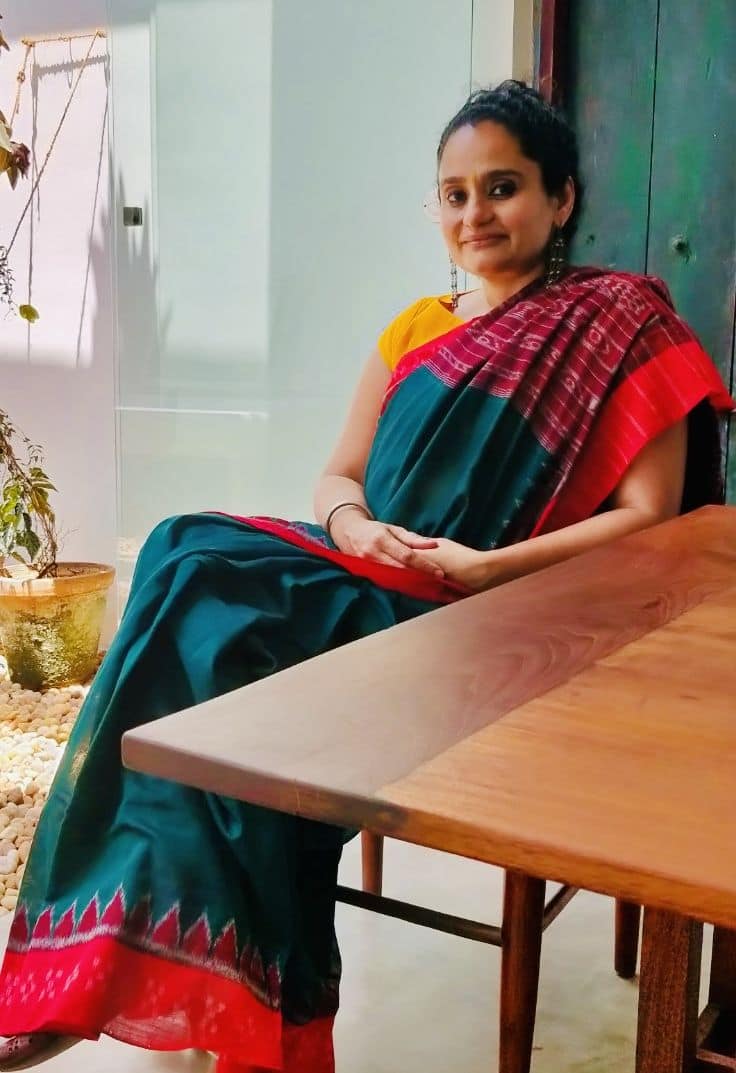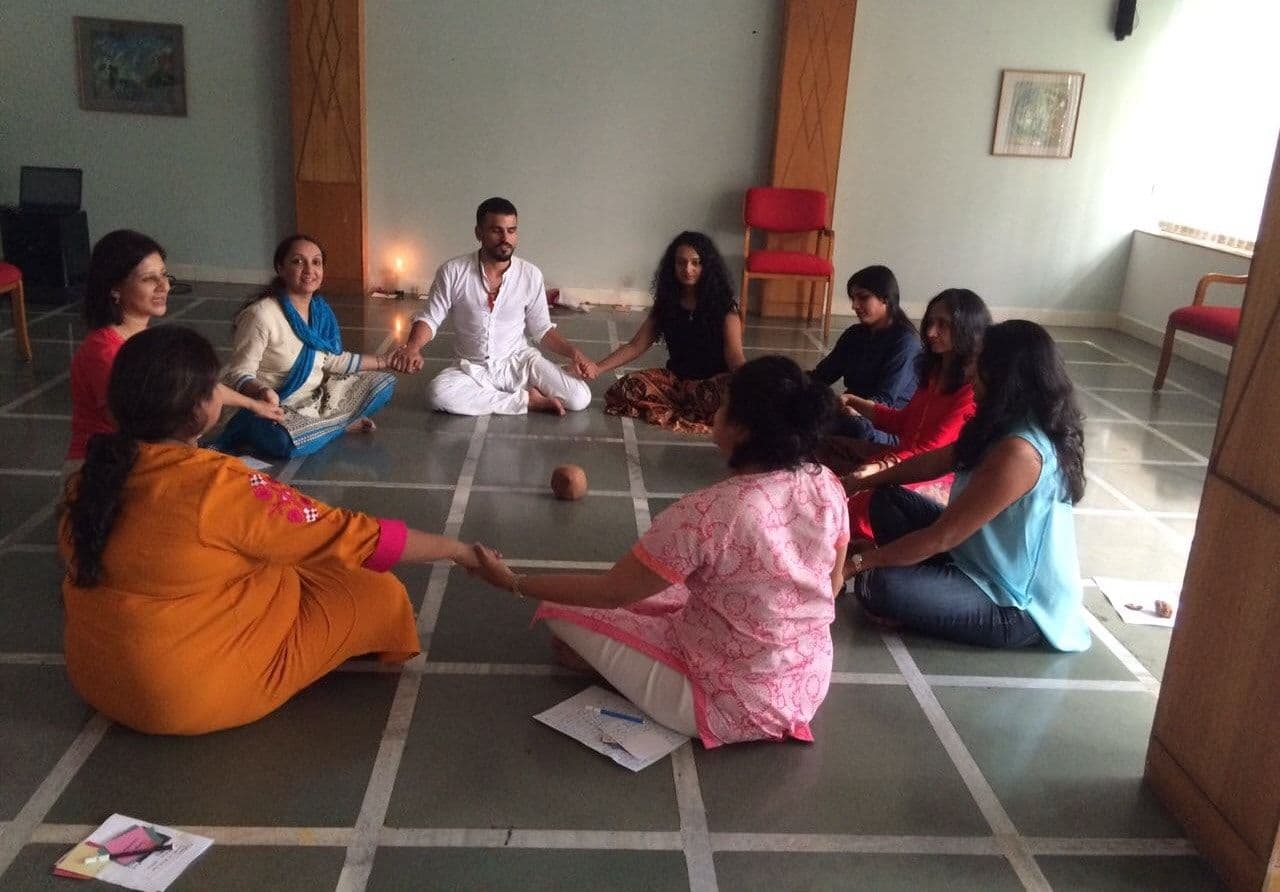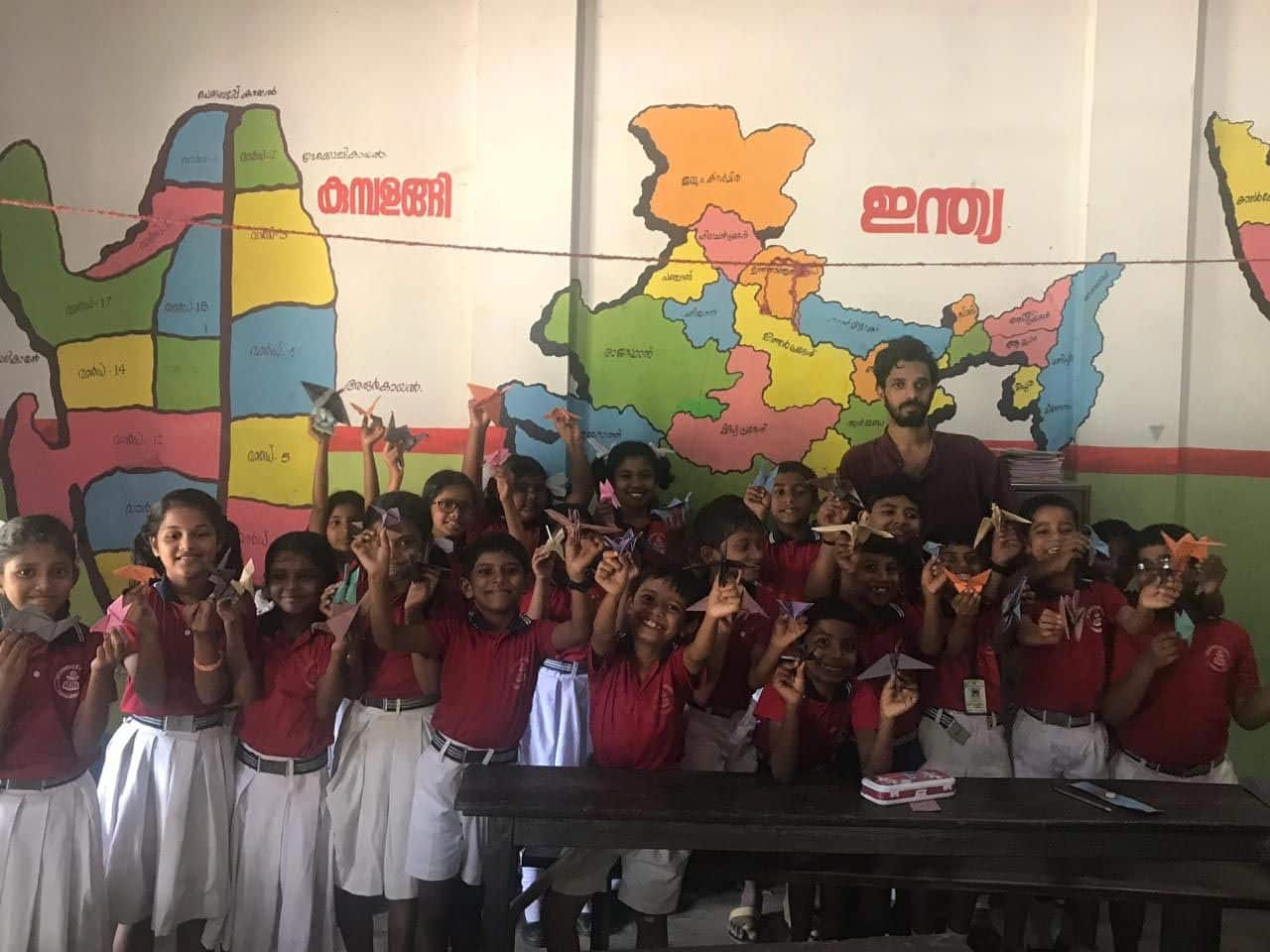



“Everything I do, in some uncanny way, finds an inextricable link to my roots,” says art curator and food writer Tanya Abraham, who was born and raised in Fort Kochi, the ancient part of Kochi city in Kerala.
Indeed all her projects are related to this historical part of the city: as the curator of Kashi Art Gallery in Fort Kochi, she has worked on numerous art projects developing community art. She is also the founder of the Kashi Art Residency to promote art education, and The Art Outreach Society (TAOS), a non-profit in Kochi that works with prisoners and underprivileged children using art as a tool.

In her writing too, she comes back to her hometown in some way. Her first book Fort Cochin: History and Untold Stories (Ink on Paper, 2009) earned her an award by the Rotary Club of Cochin for her contribution to history.
Her second book Eating with History: Ancient Trade-Influenced Cuisines of Kerala (Niyogi Books, 2019) looks at the region’s unique food culture. “History goes back to almost 3,000 years here; to date one can witness the spice trade imprints in Kerala,” she says.
Both books have references to Tanya’s 200-year-old family home (tarawad) in Fort Kochi. “For a hundred years, my family dedicated their energies to nationalist causes: Indian independence and the betterment of Fort Kochi. There was this unsaid dedication to the common good of all; as a Catholic family, we never distinguished between religions. And that precisely is the beauty of the town,” says Tanya, who is the recipient of various awards in the field of restoration and women’s rights.
Tanya’s childhood was an interesting one, raised as she was in a bustling home of many people. Within the one square mile of her home lies the location of the Kochi Rajah’s palace, where traders from across India, colonisers (Portuguese, Dutch and British), Christians, Jews, Muslims, Hindus, all congregated.

“It was an environment of intense spice, layered with unimaginable flavours. This confluence of cultures, the close proximity of communities to one another, the freedom movement… they are all a part of my history, both from the annals of the town and the family,” says the 47-year-old.
If the land she grew up influenced her, so did the all the art she was surrounded by in her youth. “I can’t remember a time when art was not part of my life. I grew up watching the tarawad grounds convert into a theatre space for the community where local art forms were staged. The library was extensive with books from across the world. I grew up listening to stories, the art of filmmaking, the freedom of painting… it was a family whose foundation rested on art,” she says, adding that she still gets her fulfilment from working with artists, conceptualising ideas and using imagination to create new things.
The only time Tanya left Kochi was to study journalism and arts management in London, UK, and later Kentucky, USA. “The more universal one’s education can get, the better. It changes us immensely as individuals when we observe new thinking methods,” says Tanya.
Tanya’s various spheres of work — her writing research and curatorial projects — came together while developing Kashi Art Gallery in Fort Kochi. When the previous owners sold the café and gallery, it remained closed for a while. Tanya took up the job of reviving it, and started a new residency with a new concept.
She happened to be in the right place at the right time: in 2012, when the Kochi Muziris Biennale came up, everything regarding art changed in Kochi. It called for interesting, deeper work as collateral projects with local stakeholders.
At the same time, she went through her own personal upheavals. A single mother to a son, Tanya now uses art for social advocacy. “When challenges had loomed, it was the creative spirit in me that carved new paths of hope, delight and satisfaction. Creativity is at the core of everything I do. I believe that is simply how life is designed, not just for me but for everyone,” says Tanya.

Her work tends to be related to women, “perhaps it is because I have experienced how life can bring all kinds of challenges, which can be quite frightening.”
In 2015, Tanya worked on an exhibition called ‘Women’s Project’. Besides featuring the works of two female artists, a play was devised through the emotions that viewers developed from the art works. Twelve young women from a local college worked for two months with Tanya, learning about the works and the artists, and finally worked with a theatre director to express their thoughts and desires.
Tanya also recalls a 2018 art exhibition she had held called ‘Of Memories and Might’, featuring five women artists. “I think that exhibition moved each of us in some profound manner as we spoke about being female, life, society, and so on. I loved the way everything juxtaposed and energies married. It was a very well-received exhibition.”
She also narrates how a legal cell for women’s rights had brought a group of victims of domestic violence to the exhibition: “At the end of the curatorial talk and explanations of the installations, some of them burst out crying. There is always some shift that happens. That is the beauty of art.”
One of the aims of TAOS, which Tanya launched in 2016, is women empowerment through mental health. It includes a full-fledged programme in which a team of psychologists and therapists use art interventions to help victims of trauma heal.
“Art therapy is perfect in a society where mental health is taboo, and where abuse is not always exposed; it works in silence literally. This kind of art therapy helps create new neuropathways in the brain, changing the way victims deal with the incidents. The process is powerful,” says Tanya.

She believes that while patriarchy is everywhere, ‘female toxicity’ is another situation that needs attention. She even made a video on the subject, as she believes, “Women can be a success when we first know our worth (self-worth), be aware of our values, and value others as well.”
Though the Covid pandemic has hit galleries and museums hardest – “Some may not even reopen,” regrets Tanya – she believes innovative thinking is required to face the challenge. Currently, she is working on the launch of a public art platform called Kula, with the idea of art that can relate to the public without having the “demarcating” boundaries such as those found at a gallery. “If we want to embrace life, we must share it,” she says.
First published in eShe magazineDiscover the latest Business News, Sensex, and Nifty updates. Obtain Personal Finance insights, tax queries, and expert opinions on Moneycontrol or download the Moneycontrol App to stay updated!
Find the best of Al News in one place, specially curated for you every weekend.
Stay on top of the latest tech trends and biggest startup news.